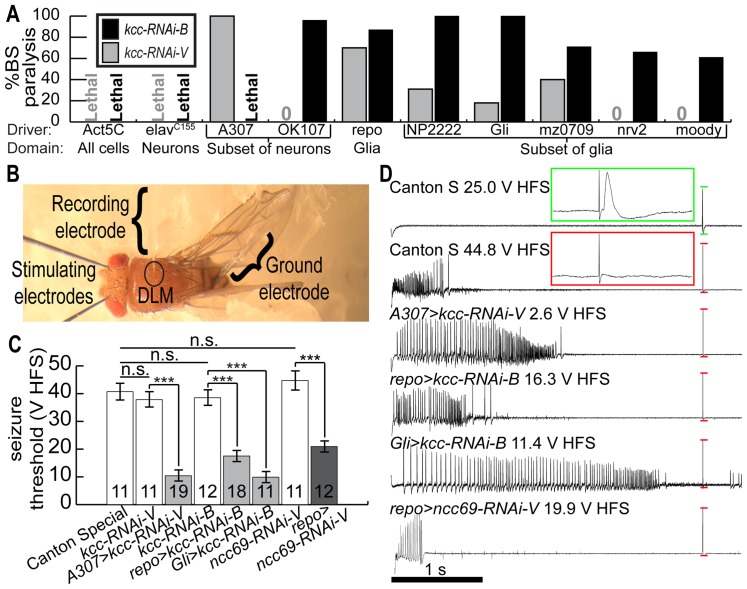Figure 2. Reducing kcc expression by RNAi causes behavioral and electrophysiologically-recorded seizure-like activity.
(A) Quantification of behavioral seizure-sensitivity for select GAL4/UAS genotypes, expressed as %bang-sensitive (%BS) paralysis on the y-axis, using two different UAS-kcc-RNAi transgenes. The GAL4 driver and expression domain for each genotype is shown on the x-axis. kcc-RNAi-B (black bars/text) is more effective than kcc-RNAi-V (grey bars/text) with respect to causing %BS paralysis and lethality phenotypes. (B) in vivo stimulation and recording from the giant fiber circuit of a fly mounted in dental wax for quantifying thresholds to evoked seizure-like activity. (C) High-frequency stimulus (200 Hz for 300 ms) seizure-like activity voltage thresholds, in volts high-frequency stimulus (V HFS), for select test and control genotypes. N-values are as noted for each genotype. Error bars are S.E.M. and significance for Student's t-tests is: *** = p<0.001; n.s. = not significant. RNAi expression caused reduced V HFS thresholds relative to controls, thus indicating increased seizure-sensitivity. (D) Representative seizure-like discharges recorded in dorsal longitudinal muscles from flies of select genotypes, as indicated. Green insert is an enlargement of the region enclosed by green lines illustrating a muscle response following a giant fiber threshold stimulus pulse (∼2 V, 0.3 ms pulse-width). Red insert is an enlargement of the region enclosed by the first pair of red lines illustrating a failure following a single giant fiber threshold stimulus pulse. Remaining pairs of red lines indicated failures following seizures in other genotypes.

